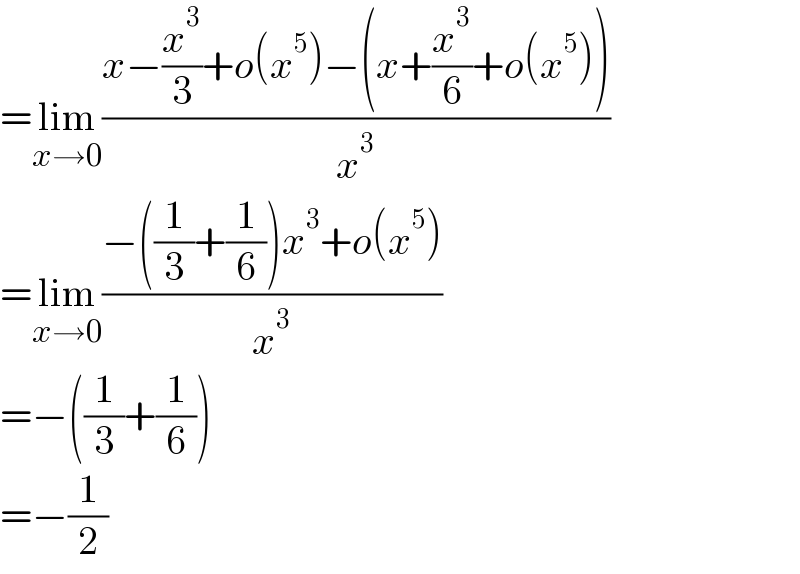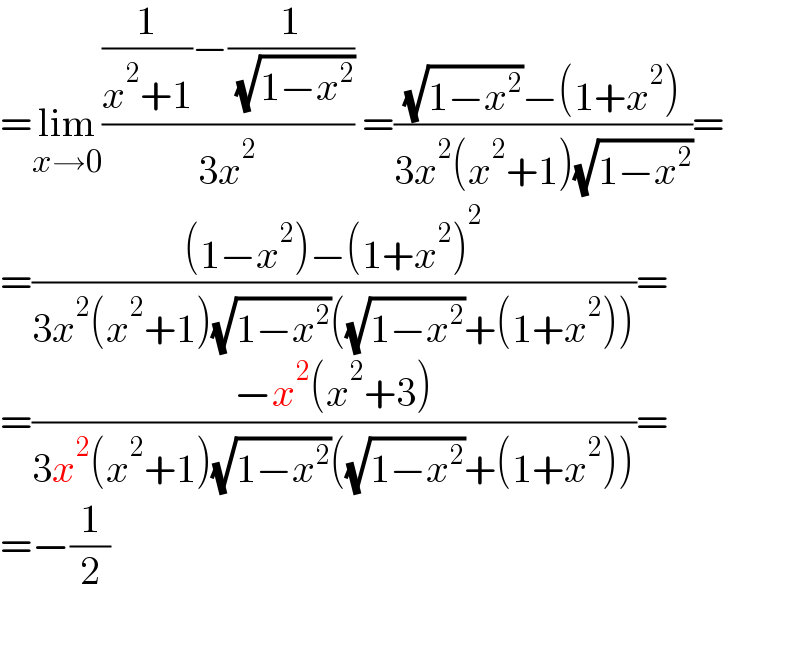
Question and Answers Forum
Question Number 172361 by Mikenice last updated on 25/Jun/22

Answered by mr W last updated on 26/Jun/22

Commented by bagjagugum123 last updated on 26/Jun/22

Commented by mr W last updated on 26/Jun/22

Commented by mr W last updated on 26/Jun/22

Commented by bagjagugum123 last updated on 26/Jun/22

Answered by mahdipoor last updated on 25/Jun/22

